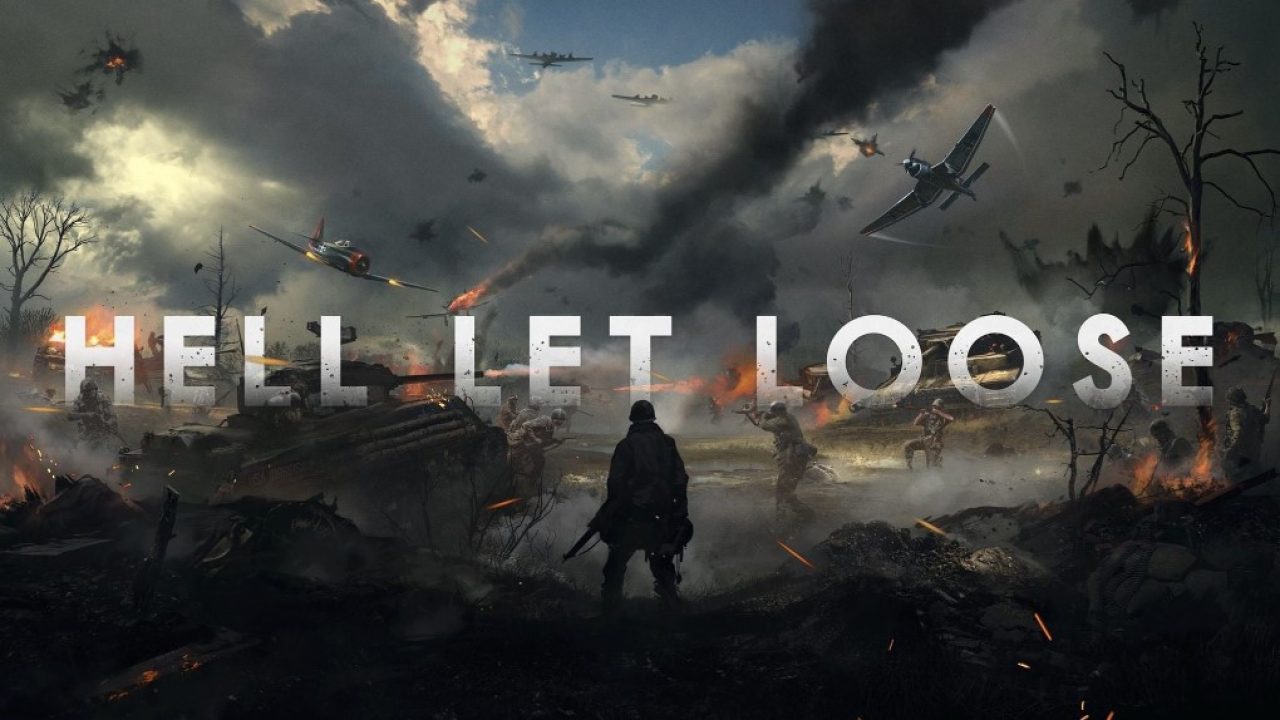Mastering the intricacies of artillery operations in “Hell Let Loose” demands a commitment to detailed planning, continuous communication, and a dynamic approach to battlefield challenges. By immersing yourself in the complexities of artillery gameplay and integrating these strategies into your team’s broader objectives, you can significantly impact the outcome of battles in this immersive World War II-themed first-person shooter.
1. Understanding Artillery Types
Field Guns: Heavy, long-range artillery with various shell types.
Howitzers: Versatile artillery pieces capable of firing at different angles.
Anti-Tank Guns: Specialized for anti-vehicle roles.
2. Roles and Responsibilities
Artillery Commander:
Develop a comprehensive understanding of the battlefield.
Manage multiple artillery squads efficiently.
Establish communication protocols with all squad leaders.
Squad Leaders (Support Role):
Establish garrisons and outposts strategically.
Request artillery support in alignment with squad objectives.
Relay critical battlefield information to the Artillery Commander.
3. Target Spotting
Use Recon units to spot enemy positions actively.
Regularly update the map with precise enemy locations.
Utilize tools like binoculars for enhanced spotting.
4. Reconnaissance
Deploy Recon Squads for deep enemy intelligence.
Monitor enemy troop movements, report numbers, and equipment.
Ensure Recon squads are positioned in strategic locations for optimal visibility.
5. Communication
Establish clear communication channels for Artillery Commander, Squad Leaders, and Recon teams.
Use concise callouts and map markers for swift information transfer.
Consider external communication platforms for complex strategies.
6. Map Markers and Coordinates
Squad Leaders must master the placement of precise map markers.
Artillery Commanders should interpret map markers quickly and accurately.
Regularly update target coordinates for dynamic targeting.
7. Range Calculation
Understand the effective range of each artillery piece.
Practice range estimation to adjust fire accurately.
Factor in elevation changes and terrain when calculating range.
8. Adjusting Shots
Artillery Commanders must provide specific adjustments based on target hits or misses.
Squad Leaders should promptly communicate adjustments observed from their vantage points.
Establish a systematic feedback loop for continuous improvement.
9. Map Awareness and Positioning
Artillery Commanders should maintain situational awareness across the entire battlefield.
Position artillery strategically to cover key routes and objectives.
Develop a system for rapid artillery relocation to maintain surprise.
10. Coordination with Other Squads
Establish collaborative relationships with armor, infantry, and support squads.
Facilitate mutual information exchange to avoid friendly fire incidents.
Organize joint operations to synchronize artillery support with ground assaults.
11. Target Prioritization
Categorize targets based on urgency and strategic importance.
High-priority targets include enemy strongholds, key defensive positions, and large concentrations of enemy forces.
Continuously reassess target priorities as the battle unfolds.
12. Smoke Rounds
Understand the tactical uses of smoke rounds for both offensive and defensive operations.
Coordinate with infantry squads to deploy smokescreens strategically.
Experiment with various smoke deployment patterns.
13. Counter-Battery Tactics
Develop a robust counter-battery strategy to protect artillery assets.
Utilize Recon squads to identify enemy artillery positions.
Initiate proactive measures to disrupt enemy artillery operations.
14. Effective Timing of Artillery Strikes
Time artillery strikes for maximum impact.
Coordinate with Squad Leaders to align artillery fire with infantry advances.
Disrupt enemy movements during crucial phases of the battle.
15. Map Familiarity and Observation
Study each map extensively to identify terrain features, chokepoints, and potential sniper positions.
Use observation points strategically to adjust artillery tactics dynamically.
Incorporate geographical knowledge into overall battle strategy.
16. Adaptability
Develop contingency plans for various scenarios.
Be prepared to adapt tactics based on changing weather conditions, enemy movements, or unexpected events.
Encourage a culture of adaptability within the artillery team.
17. Continuous Improvement
Conduct post-operation debriefs to analyze the effectiveness of artillery strategies.
Share insights and lessons learned with the entire team.
Develop a system for ongoing artillery training and improvement.
18. Team Support
Understand the broader objectives of the team and align artillery strategies accordingly.
Collaborate with other support assets, such as tanks and infantry squads.
Provide timely and accurate artillery support to reinforce team objectives.



